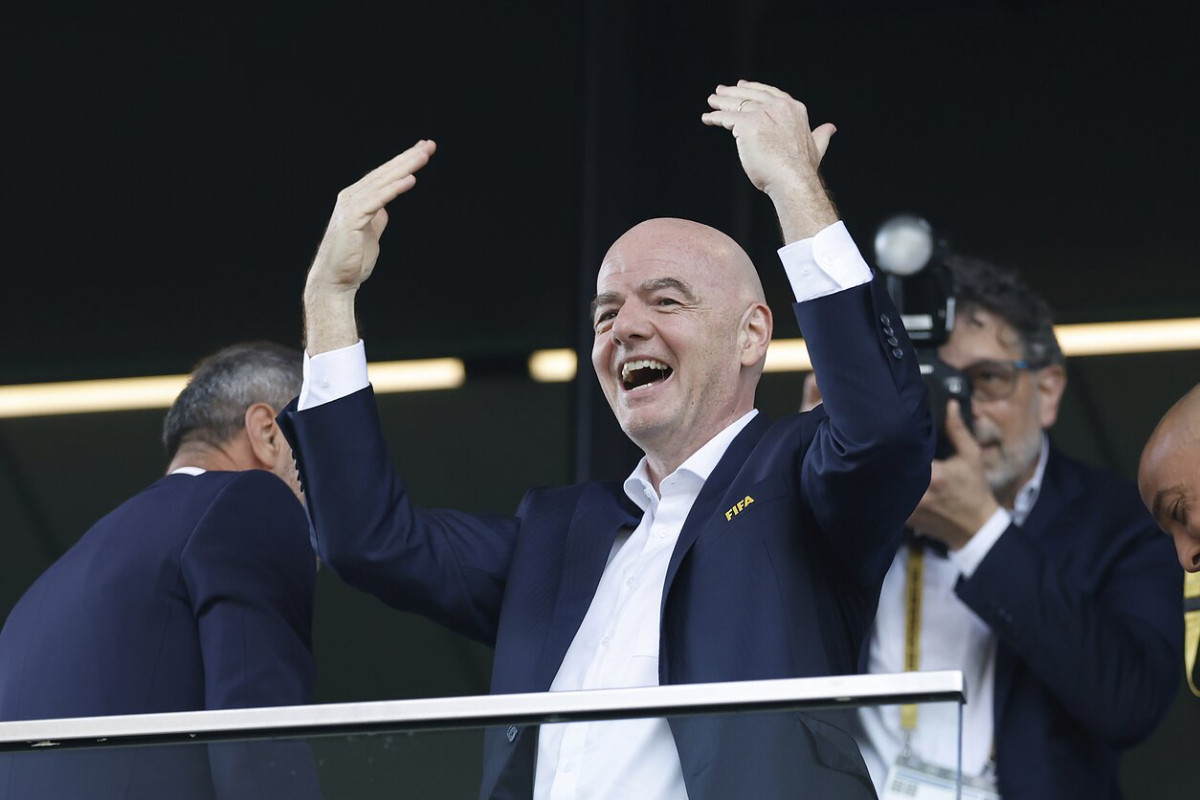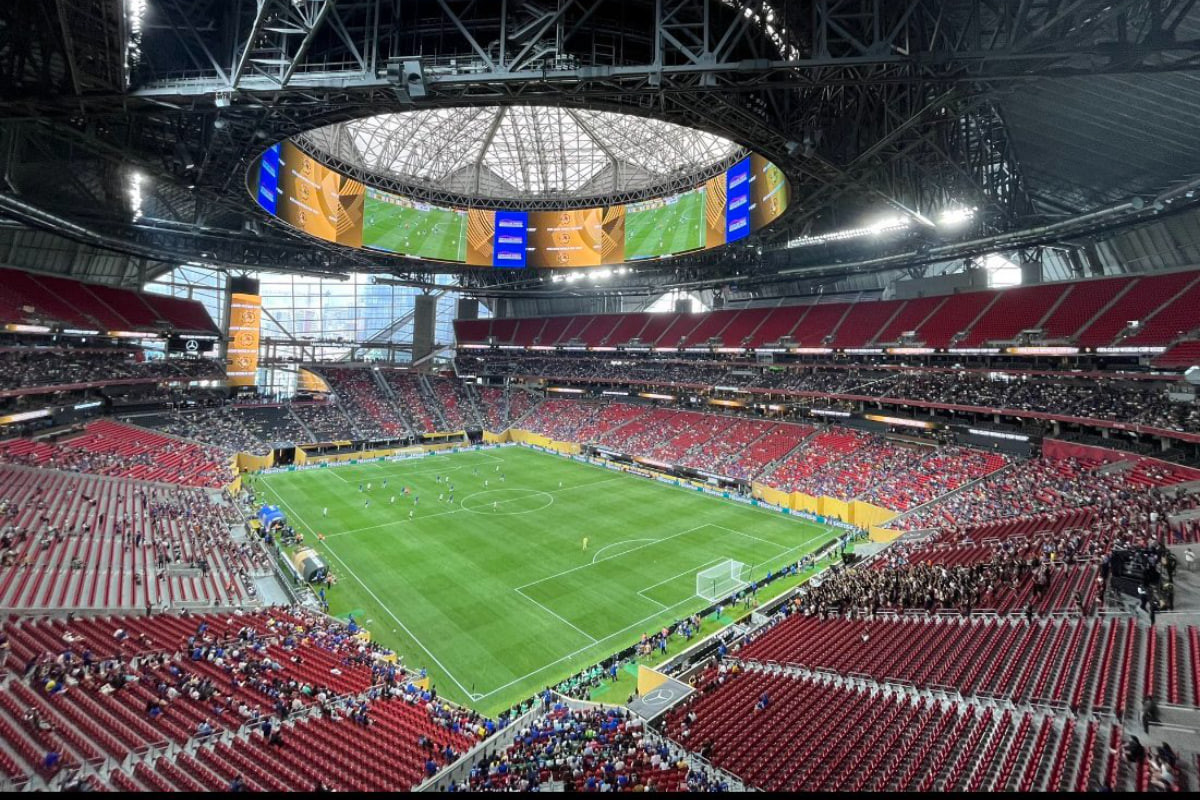
10 Pros and Cons of the New FIFA Club World Cup Format
A whirlwind of surprises, massive money, weather delays, and exhausted players — the revamped FIFA Club World Cup 2025 has delivered it all. As PSG and Chelsea prepare to clash in the final, fans and pundits alike are left wondering: was the new 32-team format a success?
The answer is — mostly yes. But there were some notable downsides too. Here's a breakdown of the biggest positives and negatives from this groundbreaking tournament in the United States.
The Pros
1. True Global Matchups
For the first time, clubs from every confederation competed in a genuine, multi-round global tournament. Brazilian giants Flamengo took on Chelsea, Egypt’s Al Ahly faced Inter Miami, Monterrey of Mexico battled Japan’s Urawa Red Diamonds, while UAE’s Al-Ain challenged Manchester City and Juventus.
Previously, such cross-continental duels only occurred once or twice a year in the old Club World Cup format or during preseason friendlies. This year, fans witnessed a real clash of footballing cultures — a rare spectacle that brought novelty to the global football calendar.
2. New Audiences, New Markets
The Club World Cup once again served as a powerful vehicle for growing the game in the U.S., offering a full-scale rehearsal ahead of the 2026 FIFA World Cup. But it didn’t stop there. With Asian and African clubs finally facing Europe’s elite, attention on the tournament grew in markets that had previously felt disconnected from the top tier of club football.
It’s hard to recall a match like Mamelodi Sundowns vs Borussia Dortmund ever happening before — and now it’s a reality.
3. An Extra Month of Elite Football
For fans (not players), the idea of an additional month of top-level football is more than welcome. Yes, there were a few lopsided results like Bayern Munich thrashing Auckland City 10–0. But overall, the level of competition was high, with only a few top clubs — Barcelona, Liverpool, and Arsenal — missing from the action.
4. Huge Financial Windfall for Clubs
FIFA pledged to distribute $1 billion among participating clubs, with the winner (either Chelsea or PSG) earning around $100 million. The tournament's total budget reached $2 billion.
“All the revenue generated will go to the participating clubs and into the global solidarity program. FIFA will not keep a single dollar. Our reserves for football development will remain untouched,” FIFA president Gianni Infantino emphasized.
5. A Global Showcase for Non-European Talent
Big international tournaments have always served as scouting showcases — and the Club World Cup did exactly that for players outside Europe. One standout case was Palmeiras midfielder Richard Ríos. While already on the radar of major clubs, his performance in the tournament saw renewed interest, with Inter, Roma, and Porto now reportedly in a bidding war, according to Corriere dello Sport.
6. Underdog Stories and Surprising Performances
The 2025 edition proved that great football isn't exclusive to Europe. Brazilian sides impressed across the board: Flamengo, Fluminense, Palmeiras, and Botafogo all made the knockout stage. Flamengo beat Chelsea 3–1 in the group stage; Botafogo shocked PSG 1–0; Fluminense went as far as the semi-finals.
Saudi Arabia’s Al-Hilal also turned heads. They held Real Madrid to a 1–1 draw and then knocked out Manchester City 4–3 in extra time. Though they eventually fell to Fluminense (1–2), the praise was well-earned.
Let’s not forget South Africa’s Mamelodi Sundowns. Though they didn’t advance past the group, they defeated Ulsan Hyundai (1–0), drew with Fluminense (0–0), and nearly staged a miracle against Dortmund in a 3–4 thriller. The conclusion? Football quality is rising everywhere — arguably the tournament’s most encouraging legacy.
The Cons
1. Weather Disruptions and Safety Protocols
Several matches were delayed due to thunderstorms and extreme heat:
- June 18: Ulsan Hyundai vs Mamelodi Sundowns – delayed 60 minutes
- June 19: Pachuca vs RB Salzburg – 90-minute pause in the second half
- June 19: Palmeiras vs Al-Ahly – 40-minute delay
- June 20: Benfica vs Auckland City – second half started 130 minutes late
The issue wasn't poor planning — it was U.S. weather laws. Nearly all matches were held in the eastern United States, a region hit by severe storms in June. According to the National Weather Service, 75% of lightning-related deaths in the past decade occurred between June and August.
Per strict safety protocols, a match is automatically suspended if lightning strikes within 10 miles of the stadium. The match director informs the referee, who halts play until it’s safe to resume.
Extreme heat also posed a serious challenge. The group stage clash between PSG and Atlético Madrid kicked off at noon in Pasadena, California — in 40°C (104°F) temperatures with 60% humidity. Unsurprisingly, players struggled.
Luis Enrique (PSG coach):
“It was clearly a match dominated by the heat. Great time for European viewers, but tough on the players.”
Atlético’s Marcos Llorente:
“It was unbearable. My toenails hurt from the heat. You can’t stop, and you can’t start running. It’s madness, but the conditions were equal for everyone.”
2. Low Group Stage Attendance
Despite the presence of Lionel Messi, even the opener between Al Ahly and Inter Miami struggled to attract fans. Only 20,000 tickets were sold days before the match — in a stadium that holds 65,000. FIFA was forced to slash prices.
Even marquee games like LAFC vs Chelsea didn’t always fill seats.
Fortunately, playoff rounds saw higher turnouts. But the empty stands during the group stage certainly hurt the TV optics and raised concerns about audience engagement.
3. Player Burnout and Shortened Preseason
While fans enjoyed more football, many players and coaches did not. After a grueling season, European players had to extend their competitive schedules by another month. South American players weren’t spared either — Brazilians had already played over 70 matches since August 2024.
The Club World Cup reduced players’ off-season and significantly shortened preseason camps. This was a major concern for new managers like Real Madrid’s Xabi Alonso, who wanted a proper training period with his squad. Instead, he was thrust into competitive football — and failed to make a deep run.
The same challenge awaits others, like Inter’s Cristian Chivu, who will have minimal prep time before the next campaign.
4. Injuries to Star Players
Another grim consequence of the packed calendar: injuries. Bayern Munich’s Jamal Musiala suffered a serious blow in the quarter-final against PSG. Late in the first half, a collision with Gianluigi Donnarumma left Musiala's leg bent awkwardly. He was diagnosed with a fractured fibula and ligament damage. The 21-year-old has already undergone surgery and faces four to five months on the sidelines.
Final Thoughts
The expanded FIFA Club World Cup delivered high drama, surprising results, and valuable global exposure. But it also exposed scheduling risks, logistical issues, and the ongoing tension between fan demands and player welfare.
As FIFA and national federations prepare for the even bigger 2026 World Cup, one thing is clear: club football is no longer just a European affair — and the world is watching.
Published by Patrick Jane
13.07.2025


